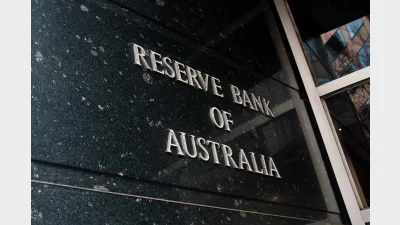Severe savings shortfall in US



Barely half of American workers would have started saving for retirement by age 40, and only 27 per cent started saving in their 20s, a survey found.
A poll by MoneyRates.com and Op4G in the United States found many respondents who reached age 40 still had no retirement savings (29 per cent), while 29 per cent of those aged 60 also have no retirement savings to lean on and 30 per cent of those aged 50 had no savings.
MoneyRates.com senior financial analyst Richard Barrington said those who start saving later in life only have a "coin-toss" chance of retiring by 70.
"Never mind retiring by age 60 - only 52.5 per cent of those who put off saving until their 50s expect to be able to retire by the time they reach 70," Barrington said.
"Perhaps even more ominous, more than a quarter of these late starters did not know if or when they would be able to retire."
The survey of 1900 US adults aged 25 or older also found women face an uphill battle in starting to save early, which could put a severe dent on their retirement.
Only 25 per cent start saving in their 20s, while 30 per cent of males start saving at the same age.
This means only 57 per cent of women can hope to retire at 70, compared with 78 per cent of men.
Recommended for you
Australia’s superannuation funds are becoming a defining force in shaping the nation’s capital markets, with the corporate watchdog warning that trustees now hold systemic importance on par with banks.
Payday super has passed Parliament, marking a major shift to combat unpaid entitlements and strengthen retirement outcomes for millions of workers.
The central bank has announced the official cash rate decision for its November monetary policy meeting.
Australia’s maturing superannuation system delivers higher balances, fewer duplicate accounts and growing female asset share, but gaps and adequacy challenges remain.









